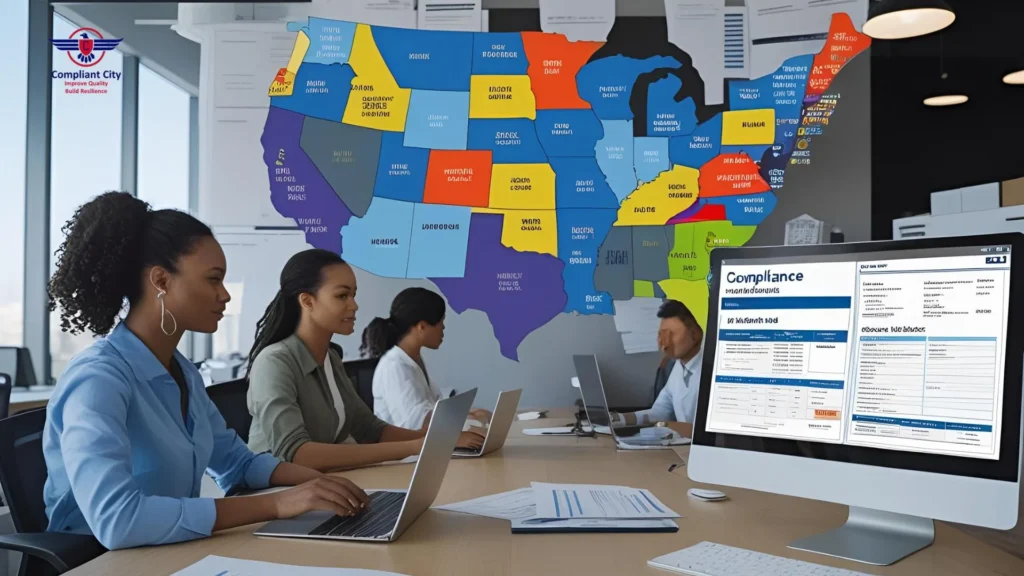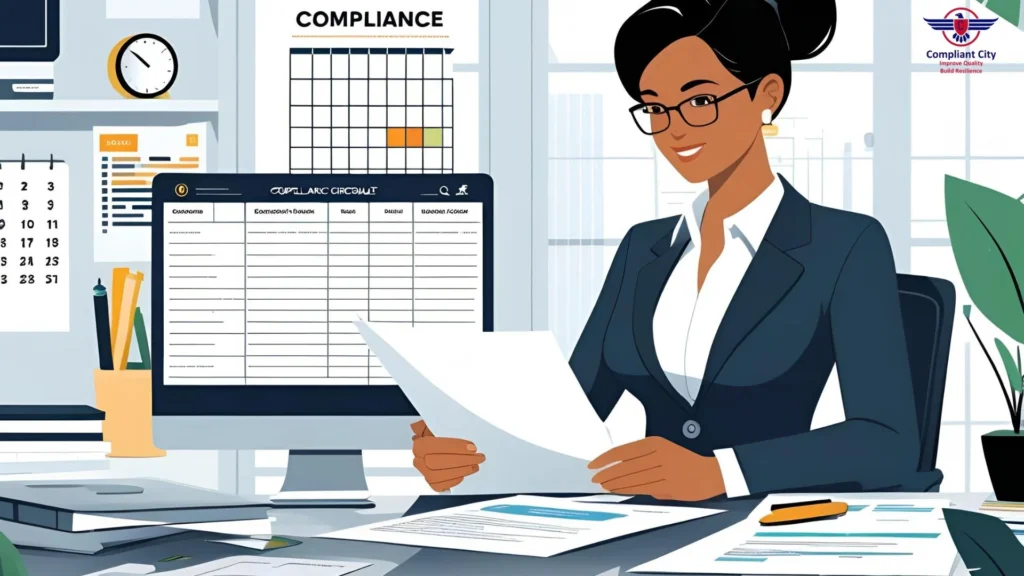Introduction
The world of workplace compliance is changing faster than ever in 2025, pushed along by new regulations, AI, employee demands and an unstoppable movement towards the remote. For HR and payroll in the U.S., this means added challenges and possibilities to balance compliance and a great employee experience. In this blog, find the hot-ticket compliance trends that are shaping the workplace, and what now is required in order to remain ahead of the game.
An Issue of Multi-State Payroll Compliance Emerges
Remote and hybrid work is here to stay, and companies are hiring people across several states. Each state also has its own payroll tax rules, wage laws and leave requirements.
What You Need to Do:
- Register in any state where your employees are working.
- Monitor where remote staff spend time.
- Keep up with wage, hour and leave laws in every state.
Tip: Invest in payroll software that can handle multi-state compliance or sit in on webinars that demystify complicated state laws.
AI and Automation in Hiring: New Compliance Risks
The use of AI to screen resumes, or to sit in on and score job interviews, is becoming more common — but so are complaints about AI tools that appear to be unable to do this without discriminating against certain people.
What You Need to Do:
- Evaluate your candidate sourcing tools for bias.
- Keep detailed records of hiring decisions.
- Train employees on ethical use of AI in HR.
Note: EEOC and state gamekeepers are watching. Taking precautions could help avoid legal problems.
New Overtime Rules and More Salary Thresholds
The Labor Department’s new overtime rule is here, and it’s not good news for exempt employees. And this going to impact millions of workers by 2025.
What You Need to Do:
- Rethink classification of employees.
- Make payroll budget adjustments as needed.
- Teach managers how to really track hours.
Pro Tip: Don’t wait until the end of the year. Make changes right now to your employee handbook.
Pay Transparency and Equality Laws on the Rise
Some states and municipalities now mandate that employers include pay ranges in job postings. There also are more pay equity audits.
What You Need to Do:
- Normalize salary bands and titles.
- Conduct regular pay audits.
- Modify job listings to include wage transparency laws.
Bonus: Transparency will help you build trust not only with your current employees but also with future ones.
It Complicates Leave Management
Although the federal mandate of FMLA remains, states continue to implement or extend their PFML programs.
What You Need to Do:
- Know where FMLA and state leave laws intersect.
- Educate managers regarding leave benefits and rights.
- develop more flexible and less prescriptive policies.
Harassment and DEI Training Requirements Are Becoming Stricter
Now, with new EEOC guidance, employers are also increasingly expected to conduct regular anti-harassment and DEI training.
What You Need to Do:
- Train annually on compliance and sensitivity.
- Review and revise your anti-harassment policies.
- Establish safe systems of reporting.
Conclusion: Keep Ahead with Active Compliance
The 2025 workplace is full of both complexity and opportunity. Keeping up has never been more imperative for HR and payroll practitioners to keep pace with the escalating requirements of federal, state and local laws. Staying in compliance isn’t merely a way to avoid fines — it’s a means of building a workplace that enables employees to feel supported, respected and happy.
How Compliant City Can Help:
We provide certified training and webinars with our leading employment law & payroll experts. But citizens need to be informed, governmental guidelines need to be set and followed, and the best defense of any community (or business) is to be proactive. “Stick with trusted sources of information….
Check out our latest webinars and get ahead of the 2025 compliance changes.




